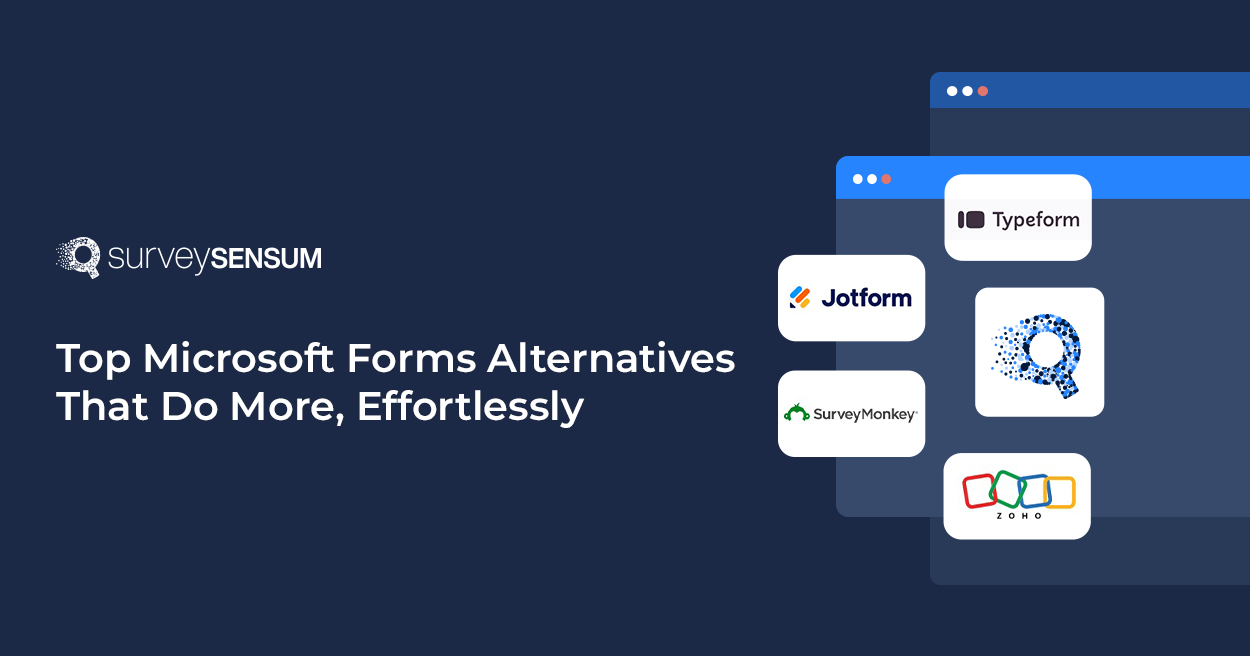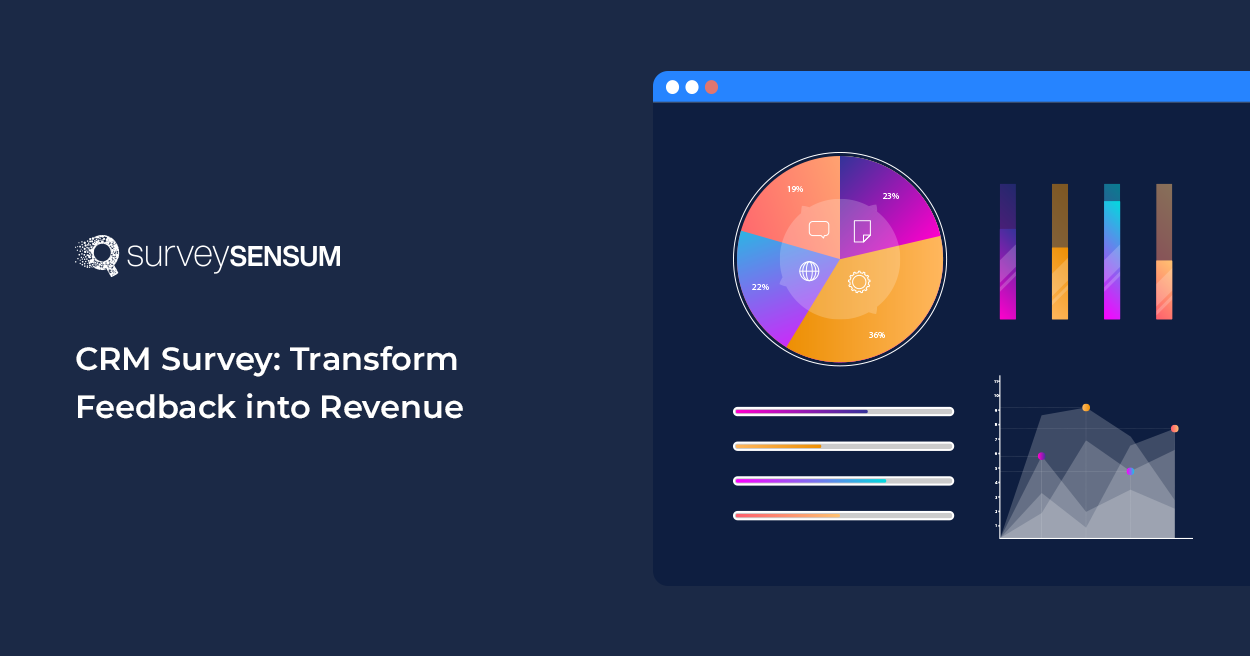
In the current age of the cybersecurity world, revenue in the Cybersecurity market is projected to reach US$183.10bn in 2024. Hence, characterized by periodical data breaches and growing cyber threats, conserving customer trust stands as a crucial priority for businesses.
Cybersecurity plays an important role in building and sustaining this trust. It’s vital for businesses to grasp the diverse ways cybersecurity influences customer trust to succeed in the digital era.
So, what are the impacts of cybersecurity in real life?
That’s what we’re gonna explore in today’s blog.
How Do Cybersecurity Measures on Customer Trust?

Security estimates in cyberspace play a crucial role in bolstering customer trust. They reinforce protection for data, minimize the chances of breaches, and facilitate open communication between businesses and their clientele, fostering transparency.
A secure web hosting service is crucial because it works hand in hand with cybersecurity to protect your data from potential threats. Additional cybersecurity safeguards like credit monitoring, phishing protection, etc. are also needed depending on the individual or business.
Above all, Cybersecurity guard systems protect user’s sensitive data, trade secrets, assets, and any official government information, which makes it a topical consideration in today’s digital escapes.
Following are a few impacts of cybersecurity policy awareness:
1. Enhanced security and data protection
You may be surprised to know that Internet providers in the world may gradually implement robust cybersecurity measures that enhance the security and protection of customer data. Utilizing encryption, access management systems, and additional security measures for customer data protection enables organizations to reduce the potential for unauthorized access or data breaches.
2. Reduced risk of data breaches
Implementing substantial cybersecurity estimates greatly diminishes the likelihood of data breaches, averting potential financial losses and conserving the reputation of businesses. By foresight safeguarding sensitive information, organizations demonstrate their commitment to protecting customer data. Privileged Access Management (PAM) is essential in this context, restricting access to critical systems and data to only those who require it. A comprehensive PAM solution enhance this protection by managing and monitoring privileged access effectively. Additionally, utilizing Online Backup Services can ensure that important data remains safe and retrievable, providing another layer of security. This ensures better control over sensitive information, significantly reducing the risk of both insider and external threats. Therefore, investing in number masking serves as an additional layer of defense, ensuring that critical data remains secure. Additionally, having a reliable data backup solution, including a cloud backup solution for MSP, ensures that sensitive data can be quickly restored in the event of a breach, further strengthening data protection efforts.
3. Employee Training and Awareness
Employees often serve as the first line of defense against cyber threats. Providing regular training and awareness programs equips them with the knowledge and skills needed to identify and respond to potential security breaches, significantly reducing the likelihood of successful cyberattacks. This approach not only protects the organization but also reinforces a customer-centric focus on security.
For organizations looking to take this a step further, offering CompTIA A+ Certification can enhance employees’ expertise and skills, creating a more robust defense system. By investing in employee education, companies foster a culture of security awareness.
Learn Cybersecurity and empower your team to stand strong against evolving threats, ensuring your organization’s safety and your customers’ trust.
4. Transparency and communication
Transparent communication regarding cybersecurity practices instills confidence in customers. Organizations that publicly share information about their security measures, compliance standards, and incident response protocols foster trust and unhesitatingly customers about the safety of their data.
5. Improved customer experience
Allocating resources to cybersecurity safeguards customer data and improves the overall customer experience. When customers trust that their acquaintance is safe, they are prepared to use the organization’s digital platforms and services more readily.
6. Customer Feedback and Addressing Concerns
Discussing the significance of actively seeking customer feedback and addressing their concerns regarding cybersecurity. This demonstrates a customer-centric approach to security, aiming to build trust and strengthen relationships with clientele.
Gather Customer Feedback with Surveys
These are some considerable impacts of cybersecurity measures taken in action. Be mindful of the implementation because it requires planning and fail-proof solutions, to achieve the objective – safeguarding resources and information.
Let’s understand the key things to remember when planning to take cybersecurity measures on customer trust.
Key Considerations for Implementing Effective Cybersecurity Measures
Key considerations for implementing effective cybersecurity measures involve identifying and prioritizing risks, implementing suitable security controls tailored to exclusive vulnerabilities, and prioritizing employee training and awareness.
Let’s get into details…!
1. Identifying and prioritizing risks
Performing thorough risk assessments enables organizations to pinpoint potential weaknesses and prioritize mitigation strategies according to severity. This dynamic approach enables targeted allocation of assets to address the most critical security challenges. Moreover, implement insider threat detection tools and enhance your risk management by avoiding data breaches.
2. Implementing appropriate security controls
Choosing and deploying suitable security measures customized to the organization’s risk profile is crucial for ensuring robust cybersecurity trends. Whether the implementation of firewalls, intrusion detection systems, or multi-factor authentication, each security estimate is necessary for strengthening the organization’s defenses. Virtual Private Network (VPN) A VPN encrypts your internet connection, protecting your data as it travels between your device and the internet. When considering VPN vs. MPLS, it’s important to note that each has its own advantages depending on your organization’s specific needs. VPN for Mac and Windows VPN will stop cyber criminals from intercepting and stealing data. Some VPNs also include additional security features such as malware protection and ad-blocking.
3. Employee training and awareness
Workers frequently serve as the initial barrier against cyber threats. Offering consistent training and awareness initiatives empowers employees with the expertise and capabilities to detect and address security breaches, thereby diminishing the chances of cyber attacks succeeding. This reinforces the customer-centric approach to security. In addition to general security awareness training, organizations can also consider offering relevant cybersecurity certifications to further strengthen their employees’ knowledge and skills.
4. Incident response planning
Creating a strong incident response strategy guarantees prompt and efficient steps are taken when facing a security breach. By underlying clear protocols for detecting, containing, and mitigating cyber incidents, organizations can minimize the impression on customers and mitigate reputational damage. Advanced technologies like eBPF can enhance incident detection and response capabilities in Linux environments. For organizations looking to streamline their approach, using a response plan template can expedite the process and ensure that all critical elements are covered systematically.
These are some essential key considerations to implement at a glance. When done in the right way, it promotes long-term trust and protects sensitive information from malicious attacks by scammers and cybercriminals.
Building Long-Term Trust Through Continuous Improvement
Fostering enduring trust through continual enhancement entails showcasing a persistent dedication to cybersecurity, adjusting to evolving threats, and proactively seeking input from customers to resolve their apprehensions.
Demonstrate an ongoing commitment to cybersecurity
Building long-term trust requires a continuous commitment to cybersecurity excellence. Organizations must continuously assess and adapt their security measures using continuous monitoring tools to address evolving threats and vulnerabilities, demonstrating a steadfast dedication to protecting customer data.
Seek customer feedback and address concerns
Actively soliciting customer feedback and addressing their concerns regarding cybersecurity demonstrates a customer-centric approach to security. By incorporating customer input into security initiatives, organizations can build trust and strengthen relationships with their clientele.
Conclusion
In conclusion, cybersecurity measures on customer trust are indispensable for building and maintaining customer trust in the digital age. By prioritizing customer-oriented security practices, businesses can protect customer data, enhance the customer experience, and foster long-term trust and customer loyalty. Embracing a customer-centric approach to cybersecurity not only safeguards business interests but also strengthens relationships with customers, laying the foundation for sustainable growth and success.
Frequently Asked Questions
How can I improve my cybersecurity posture?
Enhance your cybersecurity posture by implementing robust security measures, conducting regular risk assessments, and providing ongoing employee training.
What steps should I take in case of a data breach?
Respond promptly to a data breach by following your incident response plan, notifying affected parties, and cooperating with regulatory authorities to mitigate further damage.
How can I protect sensitive data from cyber threats?
Safeguard sensitive data by employing encryption techniques, implementing access controls, and regularly monitoring network activity for anomalies.
What are the common signs of a cyber attack?
Look out for unusual network activity, unexpected system crashes, and unauthorized access attempts as potential signs of a cyber attack.
How can I ensure compliance with data protection regulations?
Ensure compliance by staying updated on relevant regulations, implementing necessary security controls, and conducting regular audits to assess adherence to compliance standards.















